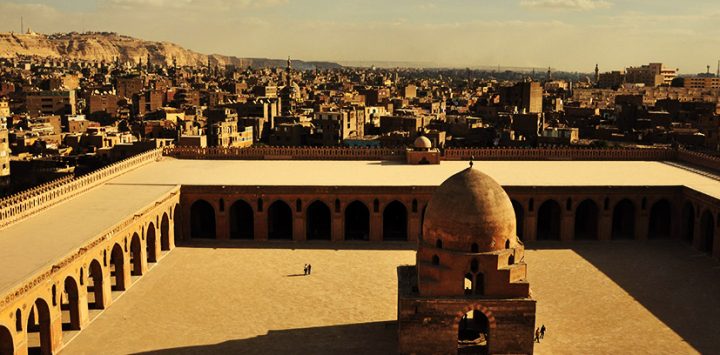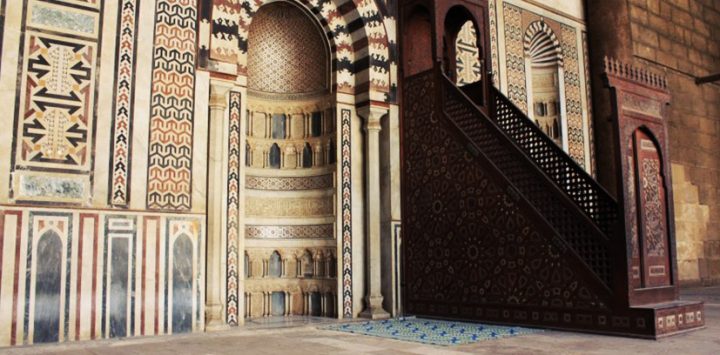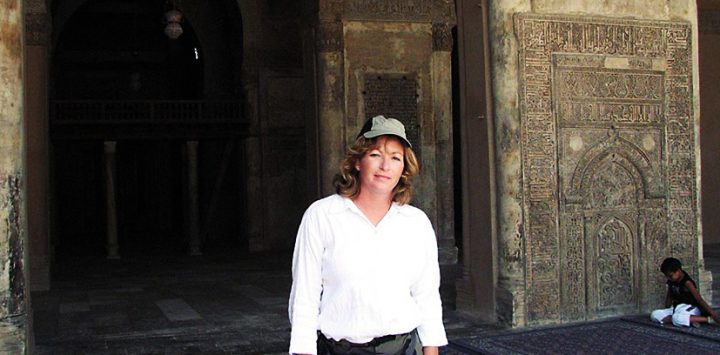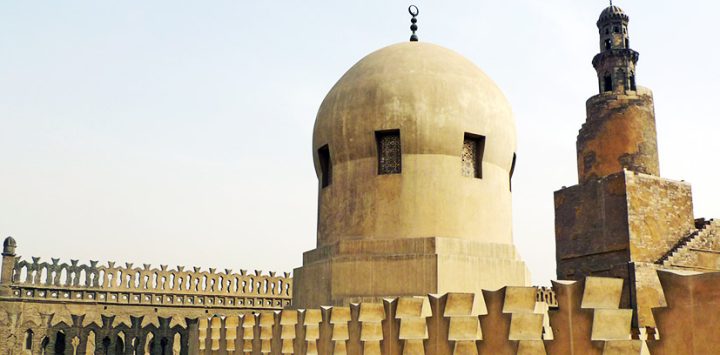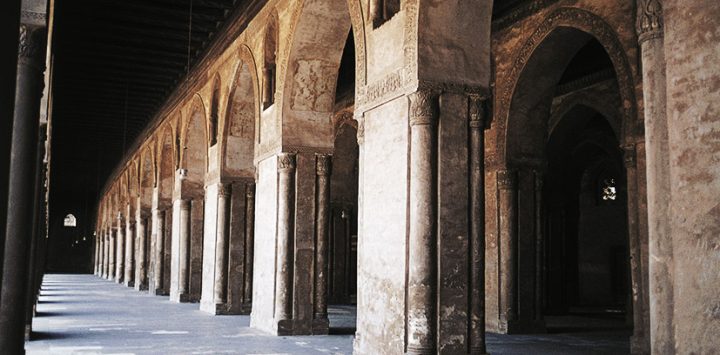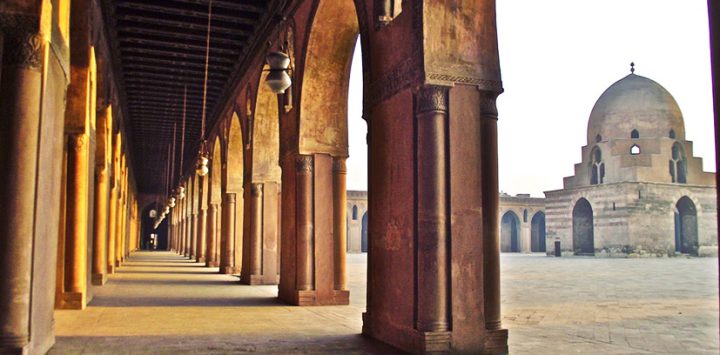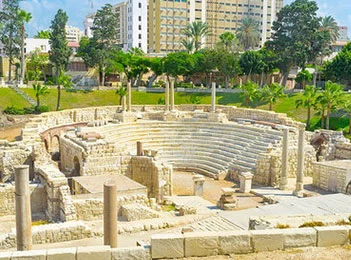Beit El Kretliaand Gayer Anderson Museum
Together with the Mosque of Amr Ibn El Aas, the most ancient mosque in Egypt and Africa, the Sultan Hassan Mosque,the Mosque of Mohamed Ali in Citadel of Saladin, the Mosque of El Hakim in the Muiz Street, the Mosque of Ahmed Ibn Tulun is a must see for any traveler visiting Egypt who is fond of historical Islamic architecture.
The Mosque was constructed by Ahmed Ibn Tulun when he created his independent state in the 10th century AD. Ibn Tulun wanted to have a huge mosque that could ensemble all the population of Cairo in the Friday prayers. This was why he created his magnificent mosque that was finished in the year 879 AD. The Mosque of Ahmed Ibn Tulun is the only example of this period of the Egyptian history.
Although the Mosque of Ahmed Ibn Tulun was the third large mosque to be built in Egypt, it is the most ancient mosque that retained its layout and many of its architectural details. This is why many travelers spending their vacation in Egypt are keen to visit the mosque.
The Mosque of Ibn Tulun is situated in the Saliba Street near the Mosque of El Sultan Hassan and the Saladin Citadel in Cairo. It consists of a large square shaped open courtyard with each side being 92 meters long. In the middle of the courtyard, there is a dome that is positioned on a square base and the ablution section is situated under it. There are four open galleries or Iwans; with the Qibla or the Mihrab Iwan being the largest among them.
The Iwans of the Mosque are featured with these marvelously rock decorated huge columns. This huge mosque is 138 meters long and its width is around 120 meters making is one of the largest historical mosques in the country.
Among the most distinctive features of the Mosque of Ibn Tulun in Cairo is its wonderful minaret that was influenced by the great Mosque of Samara in Iraq. It consisted of a square shaped base that has a circular shaped structure above it with a set of stairs all around them.
However, the minaret that we see today is not the original minaret of the Mosque. This minaret was constructed at the end of the 13th century by Sultan Lagin, one of the Mamluks who ruled over Egypt who added a number of contributions to the Mosque.
There is a set of stairs below the minaret that one can climb to reach the top of the cylinder shaped minaret for wonderful views of the mosque and of Islamic Cairo in general.
A visit to the Mosque of Ahmed Ibn Tulun is highly recommended for any traveler who spends his holidays in Egypt and who is interested in the historical Islamic architecture. The mosque is the only example of the Tulunids period in Egypt and the generally speaking the most ancient surviving mosque in the country.

